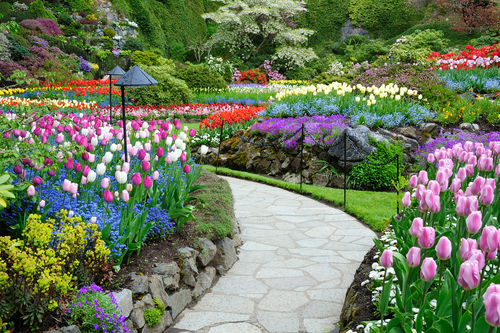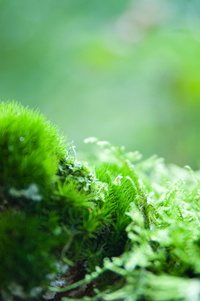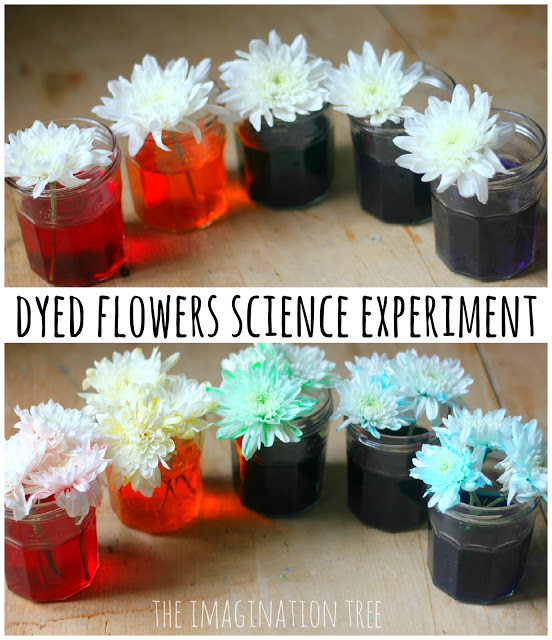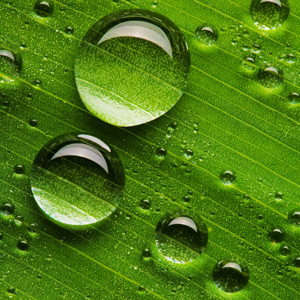Macro Photography – JPEG vs Raw
 JPEG vs Raw discussions can sometimes be fairly controversial. Today we will be introducing you to the different file formats that you can shoot in. If you would rather see a video on JPEG vs Raw, you can skip to the bottom of this article to view a fairly comprehensive video.
JPEG vs Raw discussions can sometimes be fairly controversial. Today we will be introducing you to the different file formats that you can shoot in. If you would rather see a video on JPEG vs Raw, you can skip to the bottom of this article to view a fairly comprehensive video.
As you may already know, your DSLR camera will typically provide you with 3 different options to shoot in. This will usually include the following –
1) JPEG (JPG) only
- Your image will be saved in the JPG file format only
2) Raw only
- Your image will be saved in the Raw file format only
3) JPEG (JPG) and Raw
- Your image will be saved in the JPEG (JPG) and Raw file formats. This option will essentially save the 2 different file formats onto your camera’s memory card.
What Is The Difference Between JPEG (JPG) and Raw?
1. JPEG (JPG)
JPEG is one of the most common method for saving your images in. The term JPEG is an abbreviation for ‘Joint Photography Experts Group’. This was essentially the name of the committee that created the JPEG standard. When you look at these images on your computer, they are depicted with the file extension of .JPG.
When shooting in JPG, your camera automatically applies this standard onto all your images. It ‘compresses’ your image by throwing away data that it does not require anymore. This has the effect of making the file sizes much smaller. Once the data has been discarded, you will not be able to recover it.
So what does this really mean to you? Since the camera is applying this standard and compression onto your photo, this sometimes has an effect of altering the look of your photo eg. The color within your photo may look different to how it actually looked like in reality. When you then decide to edit / post process your photos (to try to rectify the photo), you will find that you will lack the control and flexibility to edit the image as the JPG image is a ‘compressed’ file and had some of the data behind the image discarded. For example, if you are shooting in JPG and you have an area of the photo that is overexposed, you will not be able to recover those overexposed areas with any editing or post processing image software as the data is just not there anymore.
Most professional photographers will rarely shoot in the JPEG file format.
2. RAW
On the other hand, the raw format does not discard any data behind your image. When shooting in the raw format, no compression is applied onto your images. This basically means that your image retains all the data that was captured when you first took the photo. As a result of this, the file size of your photos will be much larger. With more data sitting behind your photos, this will provide you with more control and flexibility when you decide to edit / post process your photos.
Needless to say, this is the preferred file format to shoot in for most professional photographers. Please note that if you do shoot in Raw format, you will require an image editing / post processing software that will be able to open Raw files eg. Adobe Elements / Photoshop, Adobe Lightroom, etc. Once you have completed your edits / post processing, you will then export this image into the JPG format for sharing online,
This video by Photography Guild will provide you with more information on the differences between JPG and RAW. More interestingly, at the end of the video, it will provide you with some of the editing / post processing that you can do onto your raw photos.
httpv://www.youtube.com/watch?v=2PGZ3u1QR6g
You may be interested in the following External Portable Hard Drive Storage for your photos –
It doesn’t matter if you are an amateur or a professional photographer… You’ll always need more hard drive space to save and back up all your precious photos.









